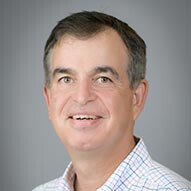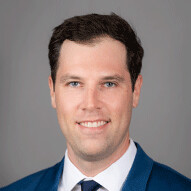Pediatric sleep apnea surgery
What is involved in pediatric sleep apnea surgery?
Surgical removal of the tonsils and adenoids is the most common first step in treating obstructive sleep apnea (OSA) in children.
What are the risks involved in the pediatric sleep apnea surgery?
The most common side effect of this surgical procedure is a sore throat with short-term eating and drinking difficulty. Other possible complications include infection and excessive bleeding, but these are rare.
Pediatric sleep apnea surgery doctors and providers
 Ron Mitchell, MDPediatric Otolaryngologist (ENT)
Ron Mitchell, MDPediatric Otolaryngologist (ENT) Stephen Chorney, MDPediatric Otolaryngologist (ENT)
Stephen Chorney, MDPediatric Otolaryngologist (ENT)